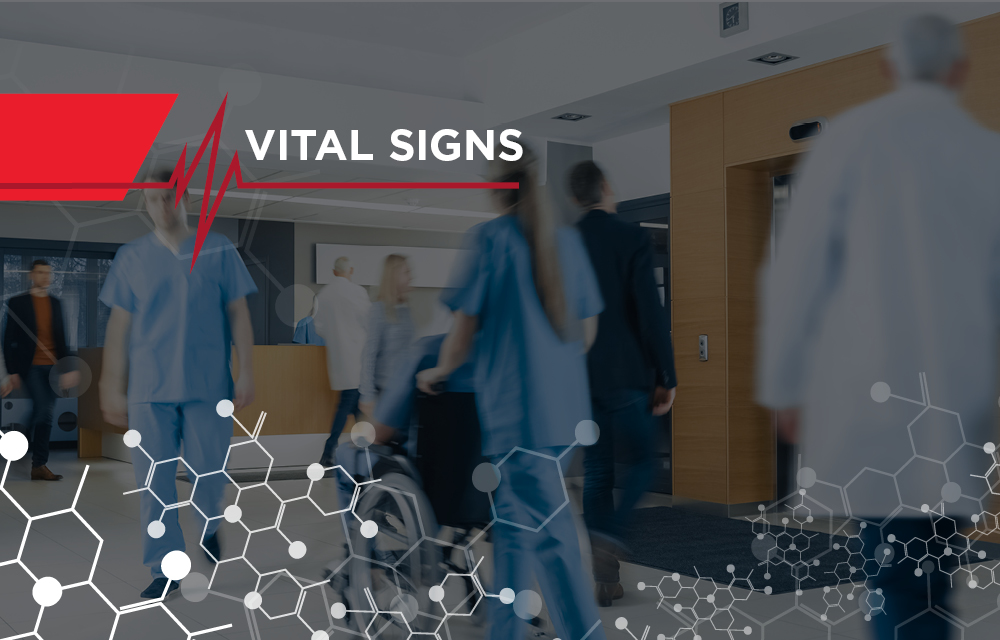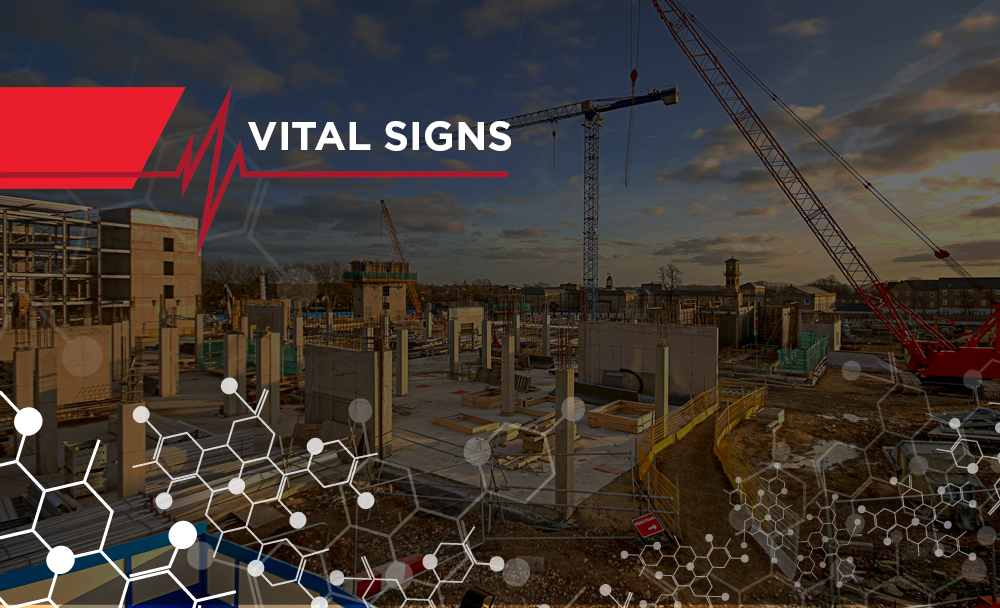-
Increased Investment in Infrastructure
Historically, the cost of initial investment has been a barrier to healthcare facility infrastructure upgrades, but several factors are creating incentive for change. Healthcare facilities represent over 10% of total energy consumption, and recent increases in energy costs are a catalyst to find new ways to reduce consumption. For example, Kaiser Permanente is one of the most progressive providers implementing cost-saving energy initiatives at their inpatient and outpatient facilities. The company saves approximately $400,000 annually, thanks to a renewable energy microgrid system at their Richmond Medical campus.
As we learned during the pandemic, investment in health facility infrastructure also helps to support safer environments and resiliency of operations. As healthcare providers navigate a “tripledemic” of COVID-19, influenza, and RSV, ensuring safe patient-care environments and overall operational resiliency remain priorities. In addition, incorporating design solutions will help limit infection spread to protect vulnerable populations within health facilities. In some cases, it can be as simple as providing operable windows that recirculate natural air flow. In more controlled environments, infection can be limited by providing robust HVAC systems with HEPA filtration and negative pressure systems in designated sealed areas. Enhanced HVAC solutions include capabilities to selectively increase outside airflow intake and increase humidification to reduce viral transmission. While not widely used, Ultraviolet Germicidal Irradiation (UVGI) systems can be incorporated into HVAC ductwork or highwall mounted fixtures to further eliminate viral and bacterial organisms.
-
Supportive Environment Initiatives for Providers
On the heels of COVID-19's unprecedented stress on the healthcare industry, healthcare provider labor is an increasing challenge. The healthcare industry—which represents 14% of the total U.S. workforce1—is facing the challenges of workers naturally aging out of the workforce. At the same time, turnover for incoming healthcare workers was 16.5% in their first year2. The result has been a net loss of 250,000 healthcare workers, even as demand has further increased. These factors have pushed the remaining workforce to their limits. With a diminished supply driving increased labor expenses, savvy health care organizations seek workplace drivers to recruit and retain their vital workers.
As a result of this talent drain on the industry, many healthcare organizations are making facility improvements—such as respite rooms, outdoor space and enhanced security—to maintain and recruit staff. The Cleveland Clinic, for example, implemented “code lavender,” a program that provides staff with restorative support, including designated rooms for staff with natural light and private terraces. UCI Health also recently adopted this initiative and is incorporating code lavender rooms into every patient floor within its new medical center in Irvine, Calif.
-
Enhancing Safety and Security
In addition to providing private restorative spaces, many health systems are complementing those efforts with initiatives to improve safety for occupants in the active public space. This is where enhanced security plays an important role. Prior to the pandemic, security was relegated to specific areas, such as the emergency department and pharmacy. This was intentional, as a security presence has the potential to conflict with the appearance of the patient’s well-being and overall experience. But with a 47% increase in violent crime directed at hospital employees between 2020 and 2021, there is an urgency to better protect the health care providers and patients.
As a result, several healthcare providers are focused on opportunities to incorporate security into retrofits and new builds. Patient flow and experience experts are now critical members of the design process, and the enhanced collaborative effort is resulting in hybrid-care delivery models, simplified, flexible caregiver space, with upgraded audio privacy for remote visits and revised intake and exit flows. In addition to video surveillance, access control and staff training, security is ideally incorporated in the space along with circulation path to provide full visibility of public areas, including corridors, entrances, exits and elevator lobbies. To enhance awareness of obscured areas within hospital departments and patient units, convex mirrors are installed to broaden the field of vision and security glazing is added between staff workrooms and public spaces. In addition, design and procedural standards, such as protective barriers at intake areas, remote intake and fully remote visits, are innovative solutions that keep patients and clinical staff safe and as connected as possible.
SOURCES
1 US Census Bureau
2 Forbes
3 US News World Report
4 IAHSS Foundation


